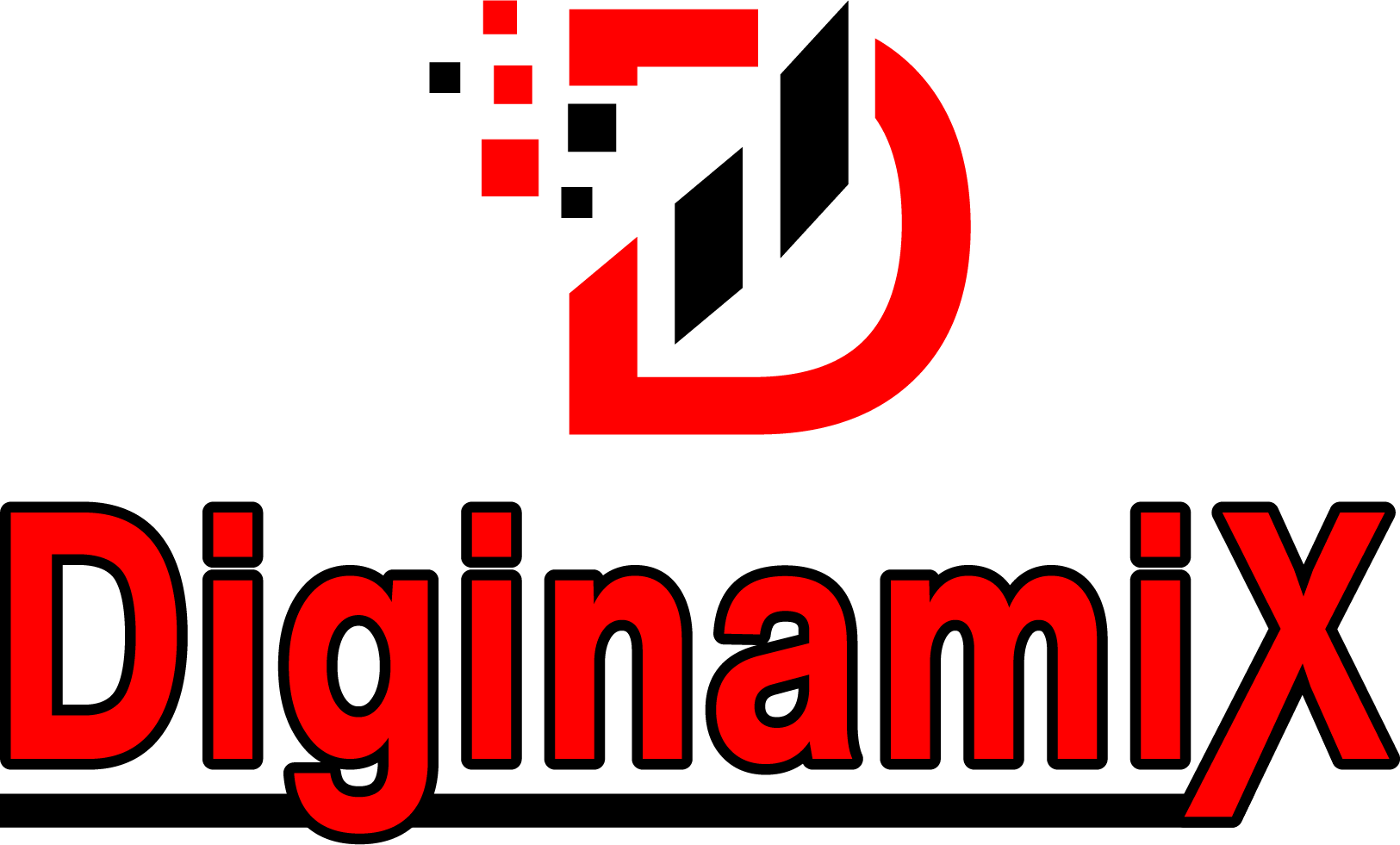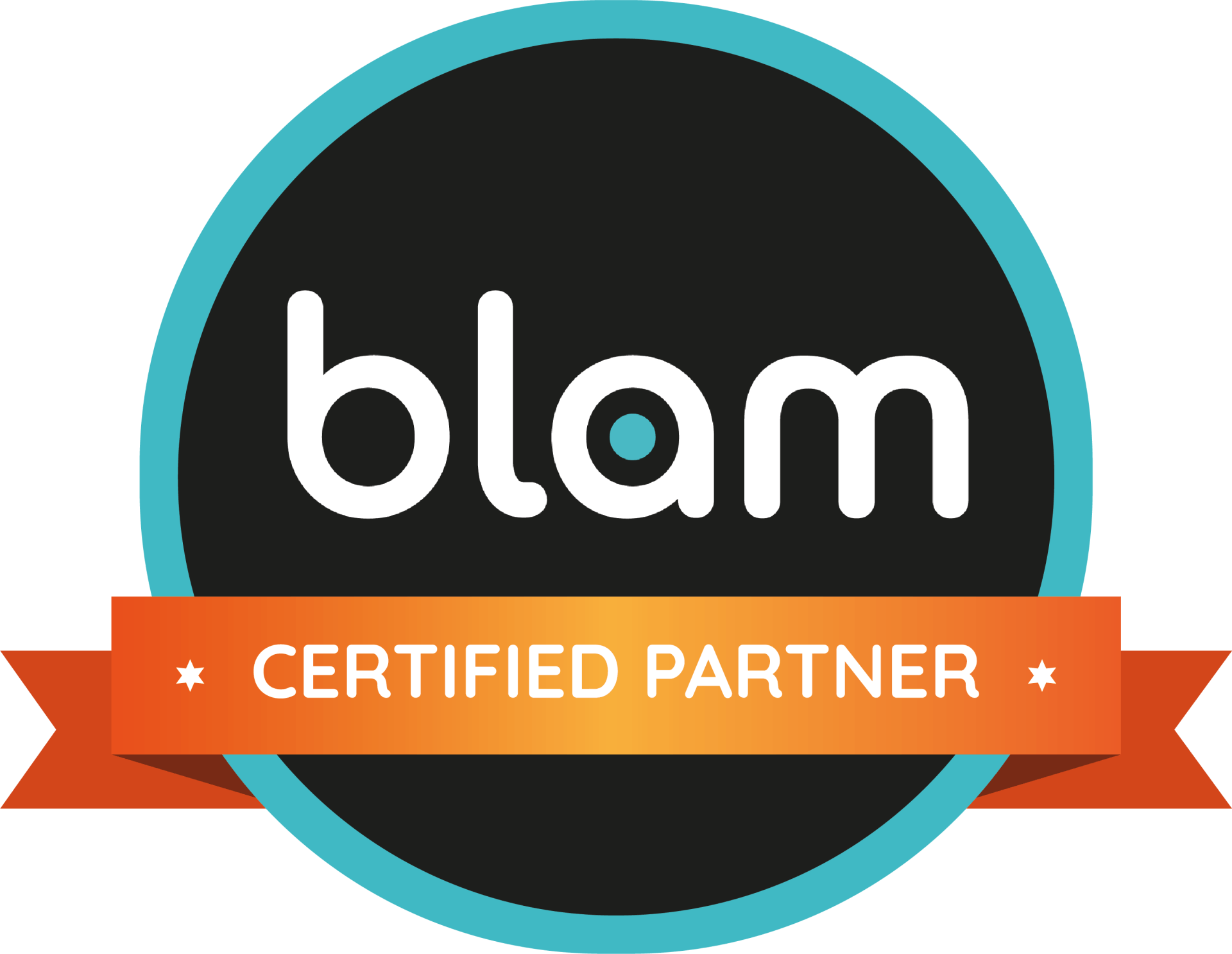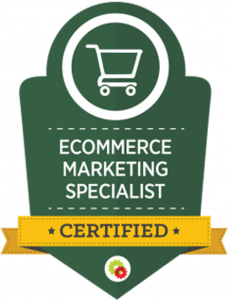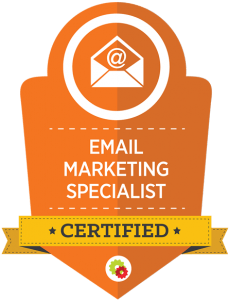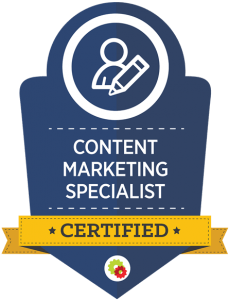Concrete vs. Abstract: Why Sensory-Rich Words Win in Marketing
The Art of Painting Pictures with Words:
Transforming Marketing with Concrete Phrases
This is you: scrolling through endless product options online, searching for something that stands out. Every brand claims to be “the best,” offering promises like “innovative quality” or “revolutionary performance.” But none of it feels real—it’s just noise.
You want something tangible, something that sparks curiosity or excitement. But instead, the messaging blends together, leaving you frustrated and your cart empty.
Here’s the problem: abstract language—no matter how polished—doesn’t connect. What works is concrete phrasing: vivid, sensory-rich language that tells a story and makes a promise feel real. Today, we’re diving into why concrete phrases are essential to modern marketing and how you can use them to make your brand unforgettable.
The Problem with Abstract Language in Marketing
Abstract phrases: The vitamin analogy
Abstract language is like a lukewarm cup of coffee—it’s not bad, but it doesn’t leave an impression. Words like “premium quality” or “innovative solutions” sound good, but they’re generic and uninspired. These phrases fail to spark any emotional connection with your audience.
Think of abstract language as a vitamin: it’s nice to have but doesn’t solve an urgent need. On the other hand, concrete phrases act as painkillers. They address specific problems, paint vivid mental pictures, and help customers immediately see how your product solves their problem.
For example, Apple didn’t just sell a portable music player; they sold the idea of “1,000 songs in your pocket.” In just five words, they turned a complex concept into an unforgettable, relatable promise.
What abstract language costs your brand
When brands rely on abstract messaging, they pay the price in several ways:
- Attention lost: Generic phrases don’t stand out in a crowded marketplace.
- Poor retention: Customers are less likely to remember vague, abstract messaging.
- Weakened credibility: Overused buzzwords can make your brand sound like everyone else.
In today’s competitive marketing landscape, relying on abstract language is a fast track to becoming forgettable. To stand out, your words need to hit home with clarity and precision.
The Psychology of Concrete Phrases
Why concrete phrases stick
Our brains are wired to respond to imagery. Research shows we process images up to 60,000 times faster than text. When language creates vivid mental pictures, it taps into this natural processing power, making the message far more memorable.
Behavioral science backs this up. In a study by Richard Shotton, participants were exposed to both concrete and abstract phrases. Take “money in your pocket” versus “innovative quality.” The result? Concrete phrases were remembered ten times more often. Why? Because they create sensory engagement, triggering emotions and sticking in our minds long after we hear them.
Sensory activation and the buying decision
Concrete phrases don’t just make your message memorable—they create desire. When customers can visualize your product or imagine how it will feel, taste, or smell, it builds an emotional connection that moves them closer to a decision.
Consider Lindt chocolate’s description: “creamy smoothness that melts in your mouth.” That level of sensory detail doesn’t just inform—it excites. It makes you crave the product. The same principle applies to other industries. A candle described as “relaxing” may spark mild curiosity, but when you say, “the warm glow of creamy vanilla, zesty lime, and coconut wafting through your room,” you’re selling an experience. Customers don’t just want a candle; they want a mini vacation in a jar.
The Marketing Science Behind Concrete Phrases
Behavioral studies and marketing implications
The power of concrete phrases goes beyond intuition—it’s backed by data. In the 1970s, researchers Paivio, Yuille, and Madigan demonstrated that people are more likely to remember concrete words than abstract ones. Decades later, behavioral scientist Richard Shotton revisited this principle in a modern marketing context.
Shotton’s study tested phrases like “money in your pocket” against abstract alternatives like “wholesome nutrition.” The result? Concrete phrases had a tenfold increase in memorability. This is marketing gold: when your language sticks in customers’ minds, your brand stays top of mind, too.
But why does this happen? It comes down to the brain’s preference for imagery. Concrete phrases activate the sensory parts of the brain, creating a vivid mental picture. This makes the messaging not only easier to recall but also more emotionally engaging—two factors that heavily influence buying behavior.
Comparison: Vitamin vs. Painkiller Marketing
Here’s a simple analogy: abstract language markets vitamins, while concrete phrases sell painkillers. Vitamins are “nice-to-haves.” They might seem beneficial, but they don’t feel urgent. Painkillers, on the other hand, address a specific need right now.
For example, “high-storage capacity” is a vitamin. It’s vague and doesn’t solve a pressing problem. Apple’s “1,000 songs in your pocket,” however, is a painkiller. It solves the pain of carrying around bulky CDs while painting a clear, desirable image of convenience. Customers don’t have to think about what the product does—they can see it.
Why vague messaging struggles in today’s marketplace
Consumers are exposed to thousands of ads daily. In this crowded space, vague or generic phrases like “high-quality” or “innovative design” barely register. They sound like empty promises—ones that every other brand is making, too.
Concrete phrases cut through the noise. They give your audience something real to hold onto, making your message not just memorable but also believable. And belief is what drives action.
Turning Your Copy into Concrete Gold
eCommerce: Creating sensory-rich product descriptions
When selling online, customers can’t touch, taste, or smell your products. That’s why your descriptions need to do the heavy lifting. Concrete phrases bring your products to life by tapping into the senses.
For example, instead of saying, “Relax with our candles,” try, “Our Beach Days candle fills your room with the creamy aroma of vanilla, a splash of zesty lime, and the soothing warmth of coconut.” This paints a picture and evokes a feeling—an instant mini-vacation your customers can’t resist.
Specificity in numbers for trust-building
Numbers are powerful because they make abstract claims feel measurable and real. A phrase like “Earn more money renting out your house” feels vague and noncommittal. Compare that to, “Earn $1,078 in 7 nights.” That level of specificity builds credibility and makes the promise tangible.
This is why brands like Airbnb excel at turning complex concepts into easy-to-grasp benefits. When customers see specific numbers, they trust the brand—and trust leads to conversions.
Tap into relatable, specific moments
To connect with your audience, anchor your messaging in familiar, everyday experiences. Instead of saying, “This yoga mat is comfortable,” try, “Feel the soft support of a yoga mat that cushions your knees like a cloud during child’s pose.” By linking your product to a relatable scenario, you make the benefit instantly clear and memorable.
Real-World Examples of Concrete Copywriting Excellence
Spotlight on iconic brands
Some of the world’s most successful brands have mastered the art of concrete messaging. Take Apple, for example. Their “1,000 songs in your pocket” tagline didn’t just highlight a technical feature—it delivered an experience. It took an abstract concept (high storage capacity) and made it tangible, sparking desire through vivid imagery.
Another example is Lindt chocolate. Instead of settling for “delicious chocolate,” their descriptions transport you to a sensory experience: “creamy smoothness that melts in your mouth.” This kind of language doesn’t just inform—it creates cravings.
Airbnb also stands out by using hyper-specific numbers. Promises like “Earn $1,078 in 7 nights” make the abstract concept of earning money tangible and actionable. These brands understand that specificity and sensory detail build trust, excitement, and desire.
Case study: How sensory-driven language transformed a product
Let’s look at the impact of sensory-rich language in action. A candle brand once marketed their products using generic phrases like “relaxing scent” and “high-quality wax.” While the products were excellent, their sales were underwhelming.
By shifting their messaging to concrete phrases like “The calming blend of lavender and eucalyptus creates a spa-like oasis in your home,” their sales saw a dramatic increase. Customers weren’t just buying candles—they were buying the promise of peace, luxury, and relaxation. That’s the power of concrete phrases.
The role of DiginamiX in crafting vivid messaging
At DiginamiX, we specialize in turning abstract ideas into unforgettable messaging. We know how to capture your brand’s essence and communicate it in a way that resonates deeply with your audience. Whether you’re selling products, services, or experiences, we can help craft copy that sticks.
Our team uses data-driven insights and creative storytelling to build campaigns that speak to the senses and convert browsers into buyers. Ready to transform your messaging? Let’s make it happen.
How DiginamiX Can Help Your Brand Speak to the Senses
Why sensory-driven language matters
In today’s competitive marketplace, sensory-driven language isn’t just a nice touch—it’s a necessity. It sets your brand apart by giving customers a reason to remember you. When your messaging evokes emotions, creates mental pictures, and makes promises feel real, it stops being just words—it becomes your brand’s story.
Our approach to creating concrete messaging
At DiginamiX, we approach messaging with one goal: to make it unforgettable. Here’s how we do it:
- Research: We dive deep into your audience’s preferences, pain points, and desires to ensure your messaging resonates.
- Storytelling: We craft narratives that anchor your product in relatable, sensory-rich experiences.
- Optimization: Every phrase is tested and refined to ensure it’s not just memorable but actionable.
Our expertise in sensory-driven marketing allows us to deliver campaigns that don’t just inform—they inspire action.
What sets us apart
Unlike generic marketing agencies, DiginamiX focuses on the science behind the words. We don’t just write copy—we build connections. Our approach combines behavioral science, creative innovation, and a deep understanding of your brand to craft messaging that leaves a lasting impression.
Whether you need help revamping your website, writing product descriptions, or creating ad campaigns, we’re here to help your brand speak to the senses and stand out.
Key Takeaways for Turning Abstract into Concrete
The psychology behind concrete phrases
Concrete phrases are more than just clever wording—they’re a psychological tool. By tapping into the brain’s preference for imagery, they make your messaging memorable and emotionally engaging. Customers don’t just read about your product—they experience it.
Practical applications for any business
No matter your industry, concrete phrases can elevate your messaging. Whether you’re selling candles, technology, or experiences, the key is to focus on sensory-rich, specific language that paints a clear picture of the value you offer.
Remember: abstract phrases sell vitamins, while concrete phrases sell painkillers. To stand out, your messaging must feel urgent, relatable, and real.
Your next step
Start by auditing your current messaging. Identify any abstract phrases, and replace them with specific, sensory-driven language. If you’re unsure where to start, DiginamiX is here to help. Let’s work together to craft copy that captivates your audience and drives results.
FAQs About Concrete Phrases in Marketing
What’s the difference between concrete and abstract phrases?
Abstract phrases are vague and often overused, such as “high-quality” or “innovative solutions.” They don’t create a clear mental picture or engage the senses. Concrete phrases, on the other hand, use specific, sensory-rich language that helps your audience visualize and emotionally connect with your product. For example, “creamy chocolate that melts in your mouth” evokes a clear image and feeling, making it more memorable and effective.
How can I train my team to write more sensory-driven content?
Start by encouraging your team to focus on the five senses. Ask: How does your product look, feel, smell, taste, or sound? Provide examples of strong concrete messaging from successful brands, and practice rewriting abstract phrases to make them more vivid. Partnering with experts like DiginamiX can also provide training and guidance to refine your messaging strategy.
Does every industry benefit from using concrete phrases?
Yes, all industries can benefit from using concrete phrases, but how they’re applied depends on your target audience and product. For example, eCommerce businesses might use sensory language to describe product features, while a tech company might use specific numbers or scenarios to demonstrate value. The key is to make your messaging as relatable and tangible as possible for your audience.
Are there tools to identify and replace abstract language in copy?
Yes, there are tools like Grammarly, Hemingway Editor, or even AI-driven writing assistants that can help identify vague or abstract language. However, the best approach is to combine these tools with human creativity and insight. Conduct a manual audit of your messaging, looking for opportunities to add specificity and sensory detail.
What are the pitfalls of overusing concrete phrases?
While concrete phrases are powerful, overloading your copy with overly detailed or forced descriptions can feel unnatural. The goal is balance—use enough sensory-rich language to create a connection without overwhelming or distracting your audience. Always ensure the tone matches your brand’s voice and values.
In our crowded world of marketing, it’s not enough to be seen—you need to be remembered. Concrete phrases give your brand the tools to stand out by creating vivid, sensory-rich experiences that resonate with your audience. They transform abstract ideas into tangible promises, building trust and driving action.
Whether you’re crafting product descriptions, website copy, or ad campaigns, the shift from abstract to concrete can be game-changing. And if you’re looking for a partner to help you make this transformation, DiginamiX is here to help. We specialize in creating messaging that not only grabs attention but also leaves a lasting impression.
Let’s talk!
Have a question or comment? Let us know.
Email us:
info@diginamix.marketing
roberto@diginamix.marketing
Call us:
072 183 7848
You can also find us here:
